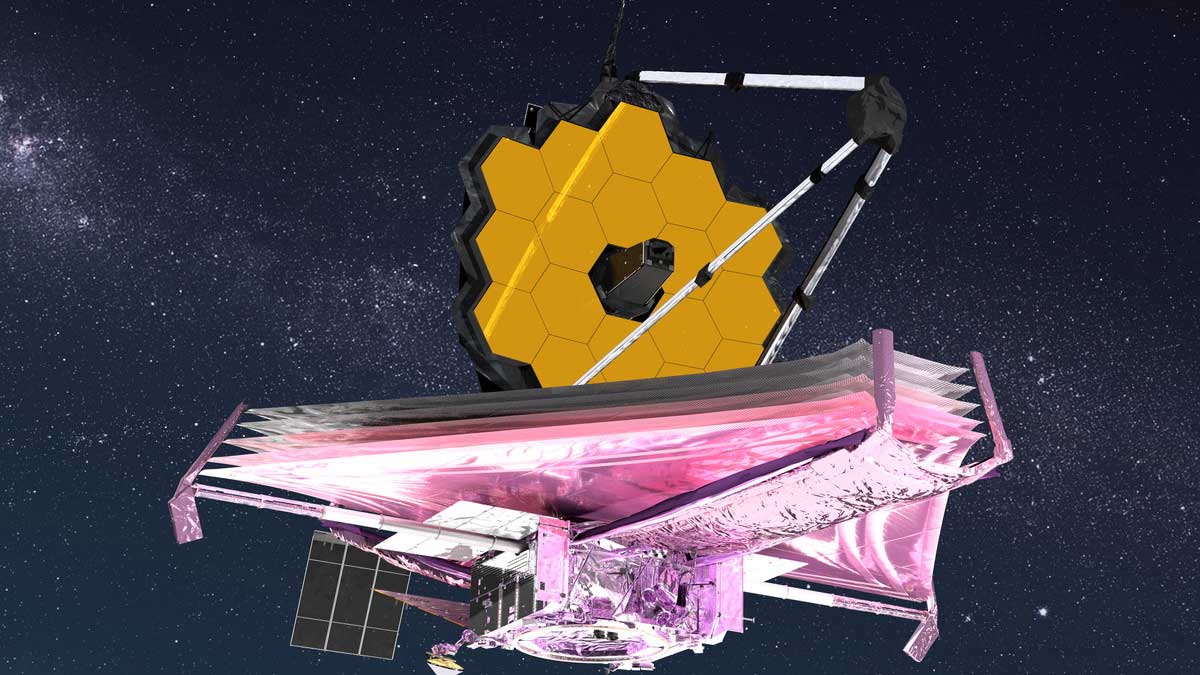A week after arriving at the final destination at the second Lagrange point (L2), the James Webb Space Telescope’s commissioning phase has begun.
NASA said on Monday that the James Webb Space Telescope has fired its thrusters and arrived at its orbital destination about a million miles (1.5 million kilometres) from Earth, marking a significant milestone in the quest to study cosmic history.
In a statement, NASA Administrator Bill Nelson said that “We’re one step closer to solving the universe’s mysteries. And I’m looking forward to seeing Webb’s first new universe views this summer!”
Read more: James Webb space telescope will revolutionize how we know the universe
It will keep in line with the Earth as it orbits the Sun in this region of space, allowing Webb’s sunshield to protect its sensitive equipment from heat and light.
The Sun, Earth, and Moon must all be in the same direction for the gigantic parasol to provide good protection, with the cold side functioning at – 370 degrees Fahrenheit (-225 Celsius).
The orbital burn, also known as a thruster firing, was Webb’s third since his launch on an Ariane 5 rocket on December 25.
The design was deliberate because if Webb had received too much thrust from the rocket, it would have been unable to turn around and return to Earth since its optics would have been exposed to the Sun, scorching and destroying them.
As a result, it was decided to slightly underburn the rocket firing and balance with the telescope’s own thrusters.
Webb is one of the most expensive scientific platforms ever built, comparable to the Large Hadron Collider at CERN and its predecessor telescope, Hubble. It is estimated to cost NASA approximately $10 billion.





















